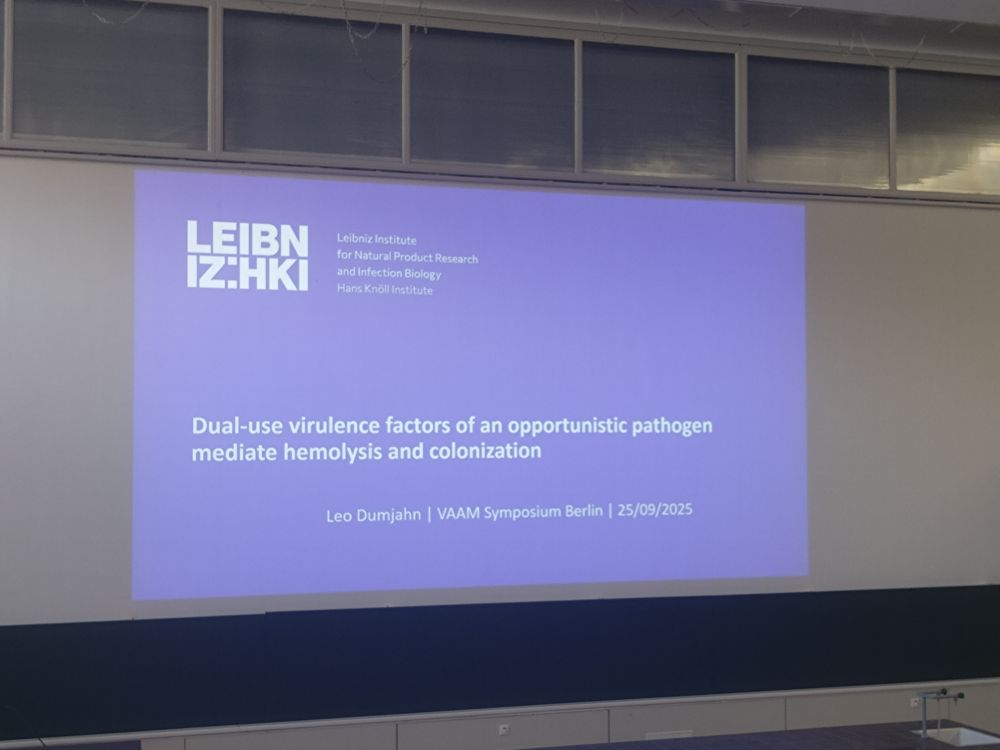Mitja M. Zdouc
@mmzdouc.bsky.social
290 followers
140 following
39 posts
Pharmacist from Austria, with a PhD in Natural Product Chemistry. PostDoc at Wageningen University. Really likes RiPPs and programming in Python, scuba diving, and hiking.
Posts
Media
Videos
Starter Packs
Mitja M. Zdouc
@mmzdouc.bsky.social
· Sep 8
Reposted by Mitja M. Zdouc
Mitja M. Zdouc
@mmzdouc.bsky.social
· Aug 21
Mitja M. Zdouc
@mmzdouc.bsky.social
· Aug 21
Mitja M. Zdouc
@mmzdouc.bsky.social
· Aug 21
Mitja M. Zdouc
@mmzdouc.bsky.social
· Aug 21
Mitja M. Zdouc
@mmzdouc.bsky.social
· Jun 4
George Lund
@georgelund.bsky.social
· Jun 3

Development of a bioassay guided genome mining approach for antifungal natural product discovery from pseudomonads
Zymoseptoria tritici causes Septoria Leaf Blotch disease of wheat and has evolved to overcome most chemical and genetic control methods. As such, new tools are required for future disease control.
We...
doi.org








